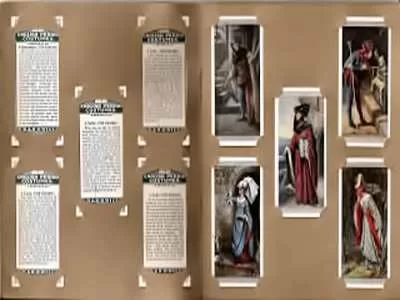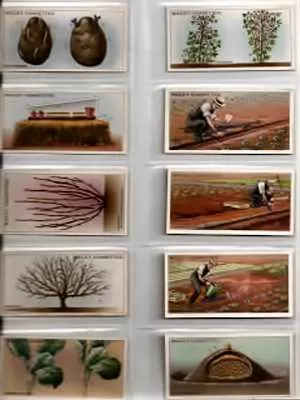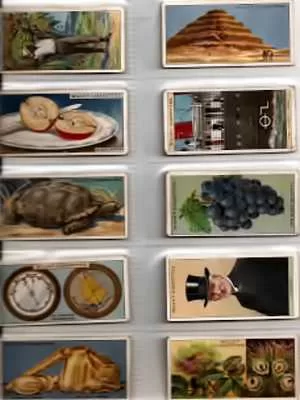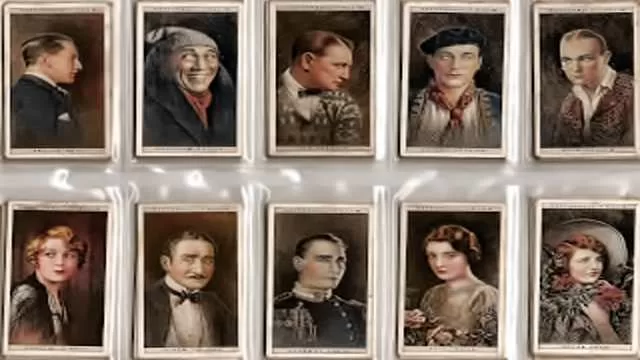Cigarette cards, those small and intricate pieces of cardboard, once served as both a marketing tool and a collectible obsession. Their story begins with a blend of cultural exchange, war, and the rise of mass production, evolving into a significant collectible that still fascinates many today.
Origins of Cigarette Cards
The history of cigarette cards is intertwined with the rise of cigarette smoking in Europe. The term “cigarette” itself traces back to the Spanish aristocrats who would proudly present rolled tobacco leaves to guests, saying, “Es de mi cigarral” (It is from my garden). The word “cigarro,” meaning “little garden,” eventually became “cigar,” and was later shortened by the French to “cigarette.”

Cigarettes gained popularity across Europe during the 19th century, particularly after the Crimean War, where soldiers from various nations shared the habit of smoking. British officers brought the practice back home, and by the 1850s, manufactured cigarettes were available for purchase.
Birth of Cigarette Cards
Initially, cigarettes were sold in flimsy paper packets, which did little to protect the tobacco. To address this, manufacturers began using foil inserts and cardboard stiffeners. In the 1880s, American companies took this a step further by printing advertisements on the stiffeners. This idea spread to the UK, where it quickly evolved into something more elaborate.

In 1895, W D & H O Will’s, a prominent British tobacco company, issued the first complete set of cigarette cards, titled Ships and Soldiers. Two years later, they released the Kings and Queens set, which became the first to feature printed descriptions on the reverse side. This innovation turned cigarette cards into miniature encyclopedias, offering consumers not just a collectible but also an educational tool.
Golden Age of Cigarette Cards
The early 1900s saw a boom in cigarette card production. Over 300 companies issued hundreds of sets on a vast array of subjects—from cricketers to clowns, railway architecture to old sundials. Collecting these cards became a popular pastime, especially among young boys who would trade and swap cards to complete their sets. The practice fostered brand loyalty and created a unique childhood currency.

One notable series from this era is W D & H O Will’s Cinema Stars (1923), which featured 50 cards showcasing famous film stars of the time. Another is their Gardening Hints set, also from 1923, which provided practical advice in a beautifully illustrated format.
Decline and Legacy of Cigarette Cards
World War I brought a temporary halt to cigarette card production due to material shortages. However, the cards made a strong comeback in the 1920s, entering what many collectors refer to as the “Golden Age.” Unfortunately, World War II and its aftermath marked the end of widespread cigarette card production. The high cost of post-war manufacturing and the rise of other collectibles, like trade cards found in tea and cereal packets, led to their decline.
Despite this, the legacy of cigarette cards endures. Today, collectors can find full sets from the 1930s and 1940s for a relatively modest price, though rarer sets and individual cards can fetch thousands or even millions of pounds. For instance, a rare baseball card once sold for over one and a half million pounds.
Cigarette cards may no longer be in production, but their history remains a fascinating chapter in the world of collectibles. Whether you’re a seasoned collector or a curious novice, these miniature pieces of history offer a unique glimpse into a bygone era.

